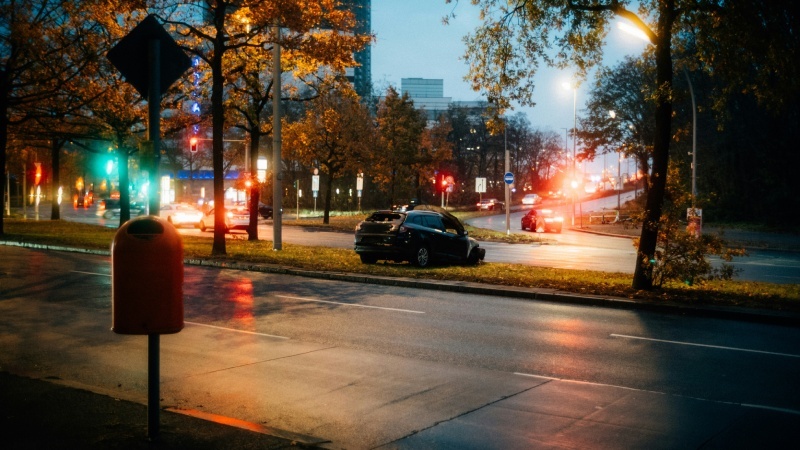
Every year, thousands of people die in crashes, and millions are injured. Cars put us in clear, imminent danger every day, especially the most vulnerable and marginalized. Davis, Saperstein & Salomon P,C. If you or the one you love suffered extreme injuries in a car mishap, you must seek representation from a reliable and trusted lawyer. They can help you pursue the compensation you need to pay your medical bills and other associated accident costs.
According to a 1995 study that’s still cited by mental health professionals and auto injury lawyers alike, survivors of car accidents develop post-traumatic stress disorder and it’s not just those whose cars are crashed into. When it comes to who experiences symptoms of trauma, we usually think about the person being hit, not the person doing the hitting, or the first responders and helpers at the scene. The impact is bigger yet if you think of the victims’ families, friends, colleagues and neighbors.
In the context of cars, we tend not to blame public infrastructure, but individual drivers. But drivers can only control so much, the least of which are environments-built decades ago and maintained by the status quo. The design of roadways is for cars and speed. That’s the philosophy of street design.
It’s usually not reckless driving that causes accidents, but everyday driving that we all do. It’s true that, with the exception of the past few years, cars generally have become safer for drivers and passengers. But our rate of violence is still exceptionally high compared to other developed countries. People who drive more trucks and SUVs, which are two to three times more likely than smaller personal vehicles to kill people walking. Pedestrians who have to walk to get places, which is riskier than driving, and live in neighborhoods that are more likely to lack safety features like crosswalks even as high-speed freeways with dangerous crossing conditions often tear through them. Children, meanwhile, are inherently more vulnerable because of their smaller size. Being less visible on roadways or sidewalks increases their risks of being hit — even in their own driveways.
Children, older adults and those of lower socioeconomic status are most vulnerable to being struck by a motor vehicle. Children, impulsive in nature and without the integrated sensory and cognitive skills, may lack the judgment to avoid oncoming traffic. At the same time, adults tending to children are likely to overestimate. the child’s ambulatory ability. Risky driving behaviors, such as driving while intoxicated or speeding, childhood impulsivity and poor parental supervision frequently occur simultaneously when there is a pediatric pedestrian collision. Older adult pedestrians, those 65 years and older, have their own limitations that make them susceptible to collisions. As adults age, gradual losses in hearing, vision, reflexes and flexibility put them at risk for pedestrian collisions. Furthermore, once the older adult pedestrian is struck, their co-morbid conditions and limited physical reserves contribute to a higher percentage of death and disability when compared to the rest of the population.
Several studies have shown that people from these backgrounds are affected a greater percentage of times, have fewer social supports in place, and use emergency services less frequently. Race and ethnicity also play a large role in pedestrian injuries and fatalities. Envisioning an alternative to this mess might be impossible for many of us, but we have to. However complicated the issue is, the logic is simple: We need to open our eyes and see that we’re at the end of the road.